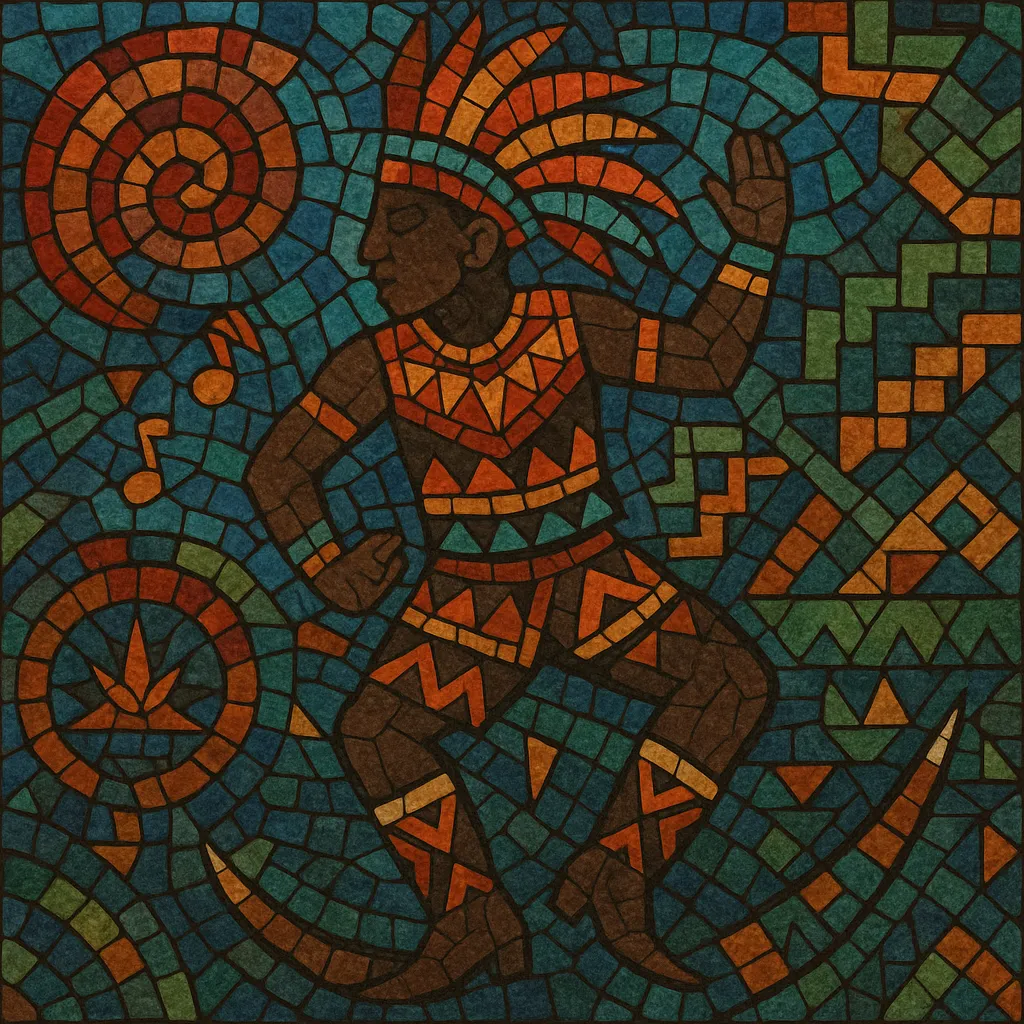Tribal guarachero (often shortened to “tribal” or “3ball”) is a Mexican-born, percussion-forward dance style that fuses tribal house with Mexican/Latin percussion patterns and the rasping guacharaca timbre borrowed from cumbia. It favors a driving 4/4 kick, syncopated toms and congas, and repetitive, chant-like hooks over sparse, minor-key synth stabs.
Designed for the dance floor and street parties alike, the sound is energetic and communal, with a hypnotic pulse that invites call-and-response and crew choreography. The genre reached wider visibility at the turn of the 2010s through teenage producer-DJ collectives, viral videos, and the iconic “botas picudas” (pointy boots) dance fashion associated with tribaleros.
Tribal guarachero emerged in Mexico—particularly around Monterrey and Mexico City—when young DJs blended tribal house’s rolling, tom-led grooves with the rasping scrape of the cumbia guacharaca and local party-culture aesthetics. Cheap software, bootleg sample packs, and online forums enabled a DIY wave of edits and original tracks shared via blogs, YouTube, and file-sharing sites.
The scene coalesced around teenage producers and crews known as tribaleros. Acts like 3Ball MTY (Erick Rincón, Sheeqo Beat, DJ Otto), guided and championed by figureheads such as Toy Selectah, pushed the sound from local dances to national radio. The 2011–2012 hit “Inténtalo” carried tribal guarachero’s tom-heavy pulse to international audiences, while viral clips of choreographed dance lines and “botas picudas” fashion cemented its pop-cultural identity.
Beyond its drum-centric production, tribal guarachero is inseparable from its social context—crew battles, street parties, and an emphasis on togetherness. The music’s percussive repetition mirrors line dances and footwork patterns, creating a feedback loop between DJs and dancers that shaped arrangement norms (long percussive sections, breakdowns tailored to crowd chants).
While its chart profile cooled after the early 2010s peak, the style continued in clubs and online, cross-pollinating with Latin EDM and regional pop. Its percussive language and guacharaca textures fed into newer club sounds and informed the rise of Colombian-styled guaracha (EDM). Today, tribal guarachero remains a reference point within Latin electronic music, a go-to rhythmic vocabulary for DJs aiming at high-energy, communal dance floors.


